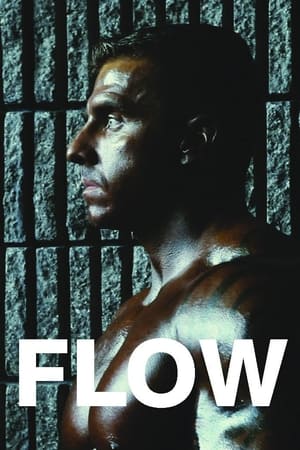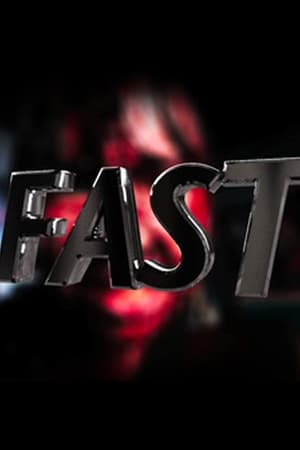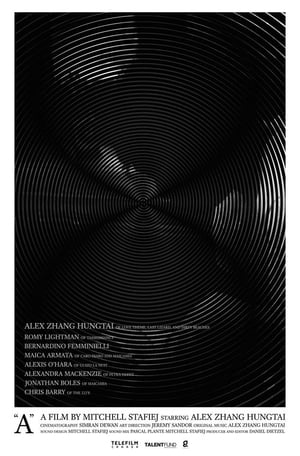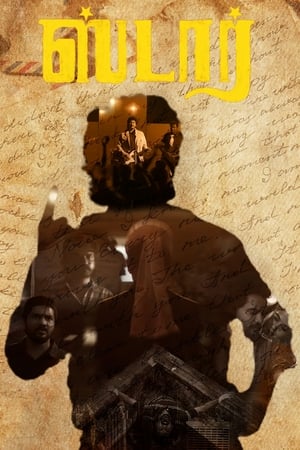
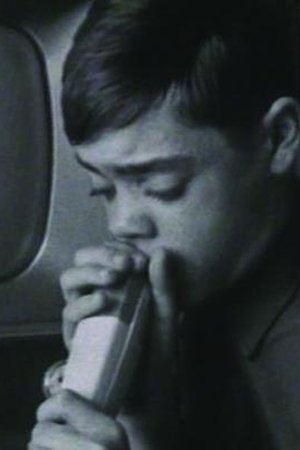
The Blind Child(1964)
With the use of montage sequences, voiced over with the observations of the children, van der Keuken was able to use artistic expression to portray the sightless children’s unique perspective of the world.
Movie: The Blind Child

Blind Kind
HomePage
Overview
With the use of montage sequences, voiced over with the observations of the children, van der Keuken was able to use artistic expression to portray the sightless children’s unique perspective of the world.
Release Date
1964-01-01
Average
7.1
Rating:
3.5 startsTagline
Genres
Languages:
NederlandsKeywords
Recommendations Movies
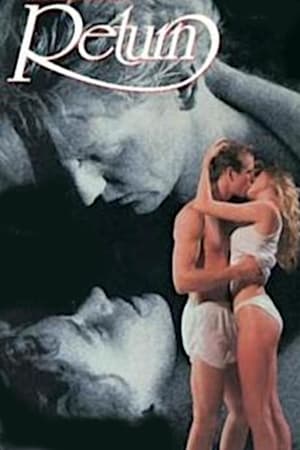 6.1
6.1Return(en)
After reading an article about hypnotic regression, a woman whose maternal grandfather died when she was only three years old contacts the hypnotic subject named in the article believing that he is the reincarnation of her grandfather, and hoping that she can learn the truth about how he died.
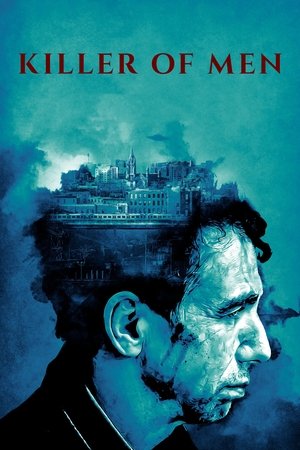 7.3
7.3Killer of Men(en)
A man lurks the night alleys, killing people at random, he feels nothing, no emotion, and no pain; when he meets a graceful widow he must confront what it means to be human.
 7.3
7.3Barbie: A Fashion Fairytale(en)
Join Barbie in a colourful, modern-day fairytale filled with fashion, friends and fun! Barbie and her dog Sequin jet off to visit her Aunt's amazing fashion house in Paris, and much to her surprise it's about to be shut down forever. After she discovers three enchanting Flairies with sparkle-magic powers, Barbie comes up with a brilliant idea to save the business. She even inspires Alice, a shy fashion designer, and together they create a dazzling runway fashion show. Barbie shows that magic happens when you believe in yourself.
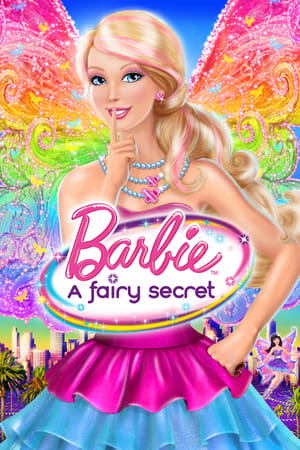 6.9
6.9Barbie: A Fairy Secret(en)
Get ready for Barbie: A Fairy Secret, an amazing adventure with Barbie where she discovers there are fairies living secretly all around us! When Ken is suddenly whisked away by a group of fairies, Barbie's two fashion stylist friends reveal they are actually fairies and that Ken has been taken to a magical secret fairy world not far away! Barbie and her rival Raquelle take off with the fairy friends on an action-packed journey to bring him back. Along the way they must stick together and learn that the real magic lies not just in the fairy world itself, but in the power of friendship.
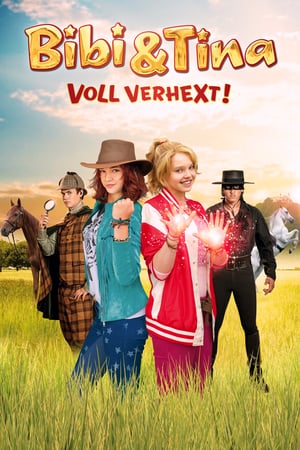 6.2
6.2Bibi & Tina: Bewildered and Bewitched(de)
When robbers hit Falkenstein castle, teen witch Bibi and pal Tina hunt for the crooks, then devise a plan to save the neighbors' failing ranch.
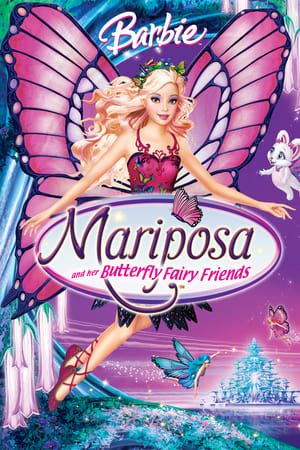 6.8
6.8Barbie Mariposa(en)
Elina, heroine of the Fairytopia films tells her friend Bibble the story of Flutterfield, a faraway kingdom populated by fairies with butterfly wings. Henna, the evil butterfly fairy has poisoned the queen of Flutterfield in an attempt to take over the kingdom.
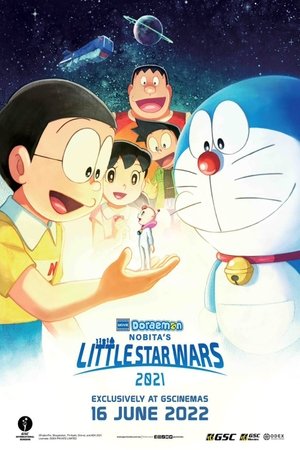 6.5
6.5Doraemon the Movie: Nobita's Little Star Wars 2021(ja)
One day during summer vacation, a palm-sized alien named Papi appears from a small rocket that Nobita picks up. He is the president of Pirika, a small planet in outer space, and has come to Earth to escape the rebels. Doraemon and his friends are puzzled by Papi’s small size, but as they play together using the secret tool “Small Light”, they gradually become friends. However, a whale-shaped space battleship comes to earth and attacks Doraemon, Nobita and the others in order to capture Papi. Feeling responsible for getting everyone involved, Papi tries to stand up to the rebels. Doraemon and his friends leave for the planet Pirika to protect their dear friend and his home.
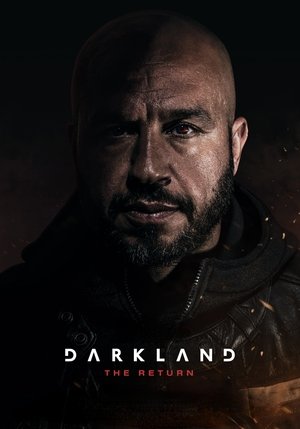 6.4
6.4Darkland: The Return(da)
Seven years ago, Zaid went to war against the Copenhagen underworld to avenge his dead brother. His identity as a respected doctor of cardiology and life as a family man is but a fading dream, and in prison Zaid suffers the loss of his son Noah, whom he barely knows. When a police agent approaches Zaid and offers him a deal to be released in exchange for infiltrating the Copenhagen underworld, he sees his chance to reclaim the remnants of the family life he left behind. But everything has a price, and Zaid realizes that he has now seriously endangered his son's life. After all, once you become part of the underworld, is there any way out?
 5.5
5.5Fog City(en)
A group of friends seal themselves inside a secluded Cape Cod vacation home after a mysterious orange fog leaks from an old nearby factory. Once trapped, they quickly learn there is no escape.
 7.2
7.2The Return of Don Camillo(fr)
Energetic priest Don Camillo returns to the town of Brescello for more political and personal duels with Communist mayor Peppone.
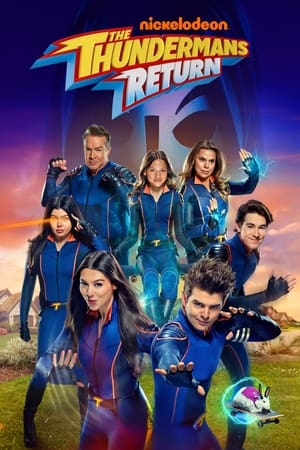 6.9
6.9The Thundermans Return(en)
Twins Phoebe and Max are enjoying their superhero lifestyle, but when one 'save' goes awry, the Thundermans are sent back to Hiddenville. While Hank and Barb enjoy their return, and Billy and Nora look forward to a normal high school life, Max and Phoebe are determined to regain their superhero status.
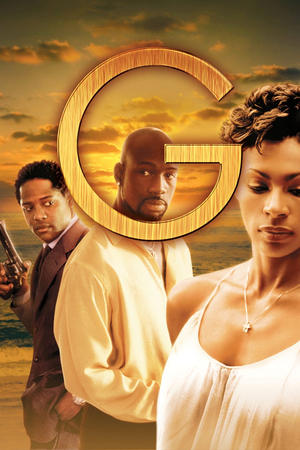 6.6
6.6G(en)
A young Hip Hop star named Summer G falls for a middle to upper class sister while in college. After she rejects him for a fellow social climber, Summer G spends ten years building a Hip Hop empire, then moves to the Hamptons where he finds the object of his affections.
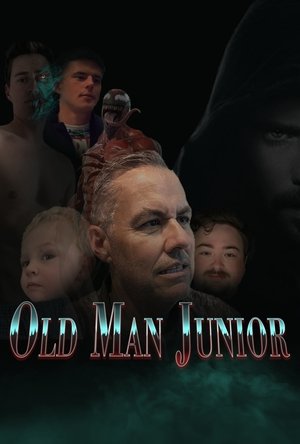 6.9
6.9Old Man Junior(en)
Morbius Jr, now an OId Man, is nearing the end of life, when he finds the last hope for all Morbkind. However, as he fights to protect the future of Morbheads, he finds himself facing off against an unlikely of enemy... HIMSELF.
 7.4
7.4Barbie and the Diamond Castle(en)
Liana and Alexa (Barbie and Teresa) are best friends who share everything, including their love of singing. Upon meeting a girl inside a mirror, the duo embark on a journey that will put their friendship to the ultimate test.
Similar Movies
Do You Dream in Color?(en)
Do You Dream in Color? in this documentary follows four courageous blind high school students. This coming-of-age story see's the students as they strive to prove that their disability will not hold them back from achieving their dreams.
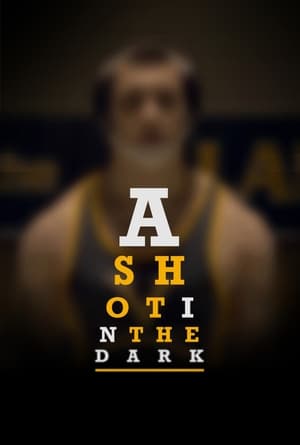 7.0
7.0A Shot in the Dark(en)
Despite a lifetime of adversity, a blind high school wrestler attempts to win a State Championship before the end of his senior year.
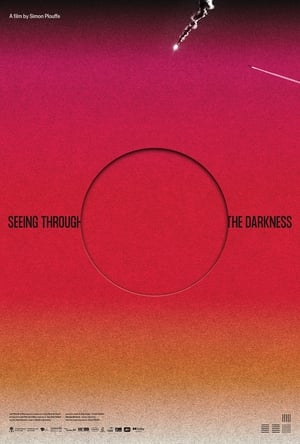 0.0
0.0Seeing Through the Darkness(uk)
Carried by an immersive sound environment that plunges us in the reality and the perceptions of these resilient and inspiring people, this film questions our own blindness face to violence and suffering of our time — despite the overabundance of images that reach us — and highlights the urgency of lending an ear to hear these stories.
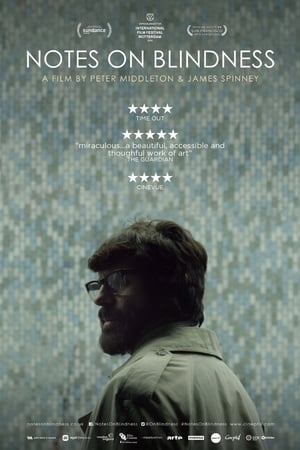 7.0
7.0Notes on Blindness(en)
After losing sight in 1983, John Hull began keeping an audio diary, a unique testimony of loss, rebirth and renewal, excavating the interior world of blindness. Following on from the Emmy Award-winning short film of the same name, Notes on Blindness is an ambitious and groundbreaking work, both affecting and innovative.
Rudy & Des(en)
Rudy & Des is a short documentary that tells the story of true friendship between two friends who find a common bond in their love of pro wrestling.
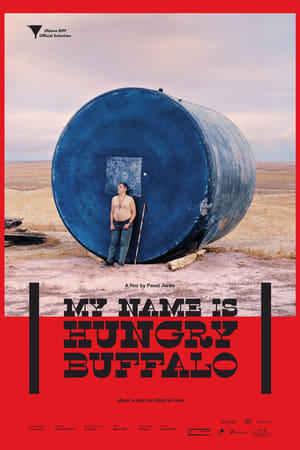 0.0
0.0My Name is Hungry Buffalo(cs)
Jan calls himself Buffalo. He loves cowboys, he’s blind, and may lose his hearing. The documentary follows his journey to America to visit the chief of the Navajo tribe, who wants to perform a ritual to help his hearing. The film is full of unpretentious humor thanks to Jan’s charisma. In the USA, he’s like the Don Quixote of the Wild West - a naive adventurer in a world that is much more ordinary than his imagination. This observational, but not standoffish, film is also an example of how the medium of film can relate to blind people by constantly showing the difference between what Jan perceives and what we actually see.
 0.0
0.0My Eyes, in Pieces.(da)
Having undergone a laser eye surgery, Søren struggles with complications that causes his eyesight to worsen. In an attempt to better understand his new reality, Søren starts to film the world around him.
Notes on Blindness(en)
In the summer of 1983, just days before the birth of his first son, writer and theologian John Hull went blind. In order to make sense of the upheaval in his life, he began keeping a diary on audio cassette.
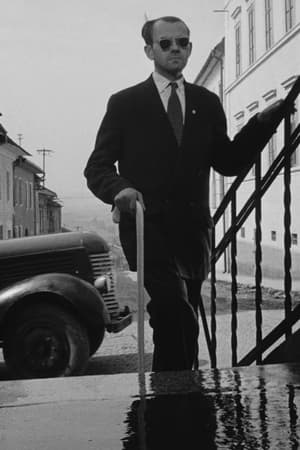 0.0
0.0Marked by Darkness(sk)
Short, evocative documentary on the education of blind and partially sighted children.
 1.0
1.0Ion(fr)
My name is Ion. Who could have imagined the fate that awaited me: my birth under the Romanian dictatorship, the loss of my eyesight through an accident, my sudden escape from my homeland to seek a future that was a little too idyllic? One thing is certain: fate is like all the criminals that I listen to today for the Belgian federal police. With a little willpower, there is always a way to dodge its tricks. The person who taught me that is a close and loyal childhood friend. That friend is literature. Without her, I probably would not be what I am now, here, among you.
 7.0
7.0Shot in the Dark(de)
Shot in the Dark is a documentary on three blind photographers: Pete Eckert, Sonia Soberats and Bruce Hall. A documentary on three blind people who devote their lives to creating images. What do they see in their mind's eyes? Do they sense that which we sighted miss, overlook, or don't take into consideration? Their images, as we sighted can see, are extraordinary. "Even with no input the brain keeps creating images," says Pete Eckert. Sonia Soberats states, "I only understood how powerful light is after I went blind." Shot in the Dark is a journey into an unfamiliar yet fascinating realm. "My camera is like a bridge," claims Bruce Hall. All these photographers embrace fantasy, chance, and contingency at a fundamental level. Shot in the Dark enriches our understanding of perception and creation. We all close our eyes in sleep, the sighted and blind alike, and in our dreams - we see.
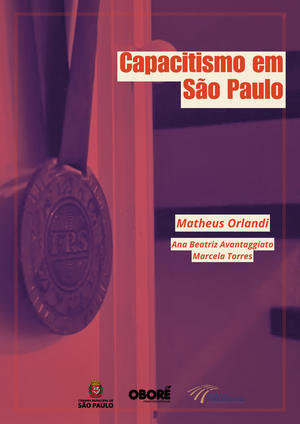 0.0
0.0Ableism in São Paulo(pt)
Through intimate stories and day-to-day routines we get a naturalistic glimpse into the lives of individuals with disabilities in the bustling urban landscape of São Paulo. The film captures personal moments and how modern societies confront (or fail to confront) ableism and inclusion.
 0.0
0.0Do You See Me?(en)
Blind musical prodigy Kyle Woodruff defies prejudice and expectations to become a skilled educator and the first blind male member of the Tabernacle Choir at Temple Square.
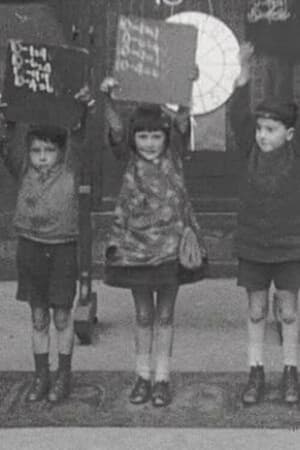 0.0
0.0Education Week(xx)
Young scholars get busy for Newcastle-on-Tyne's 'Education Week' in the tour of Tyneside classrooms.
The World at Arm's Length(de)
Sven has a dream. Once in his life he wants to walk the Camino de Santiago - the Way of St. James. But that seems impossible, Sven has Usher syndrome, a disease which slowly, inexorably robs him of hearing and vision. Profoundly deaf and completely blind since 2010, he can only communicate using a special hearing aid in the spoken language.
 0.0
0.0Plating Blind(en)
Nathan Quinell is a fully trained chef… he also happens to be legally deaf and blind. That’s never stopped him from chasing his dreams to become a full-time cook, but now Nathan must prove himself to his peers, his students and potential employers.
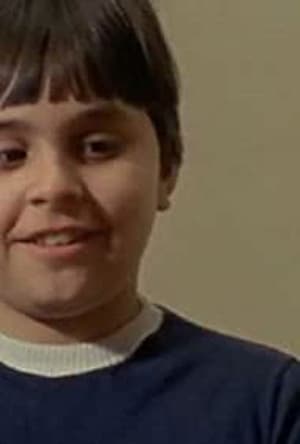 0.0
0.0My Friends Call Me Tony(en)
Meet Tony Rossi, a 10-year-old boy who can only distinguish light from shadow. Despite this difficulty, he leads a very active life. The short documentary shows the ingenious ways in which Tony manages his life. This film is part of the Children of Canada series.
His Parents' Eyes(hu)
The documentary follows the life of a blind couple who, despite social prejudice, decided to have a child. Ferike has a dream: when he grows up, he will collect the money for his parents’ surgery so that they can regain their eyesight and be able to see just like him. For the time being, he accompanies them in their daily life. He assists them everywhere: in a shop, on the way to work, in a museum or the zoo. The parents do their best to have the son enjoy his childhood just like his peers and, at the same time, not move too far away from them.
